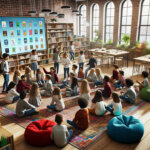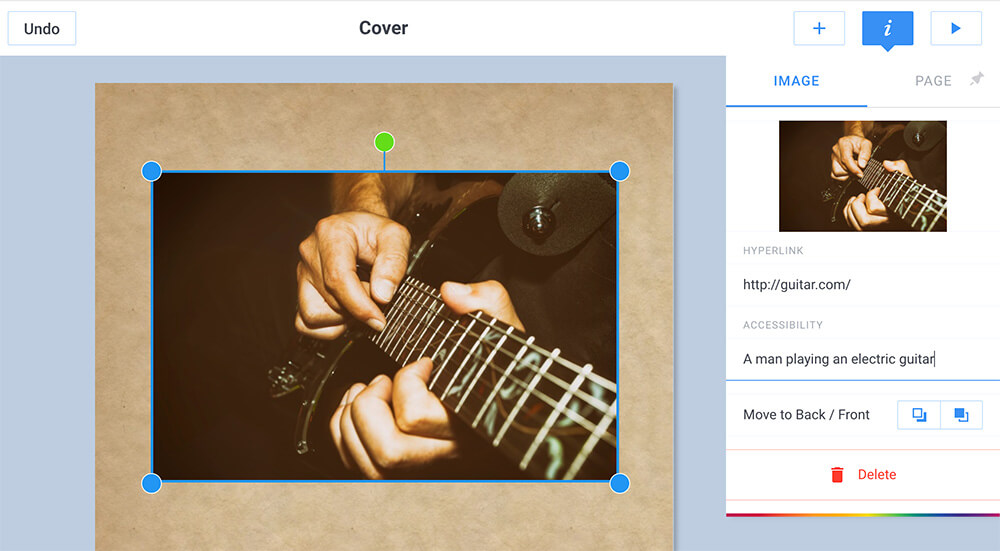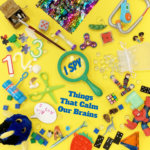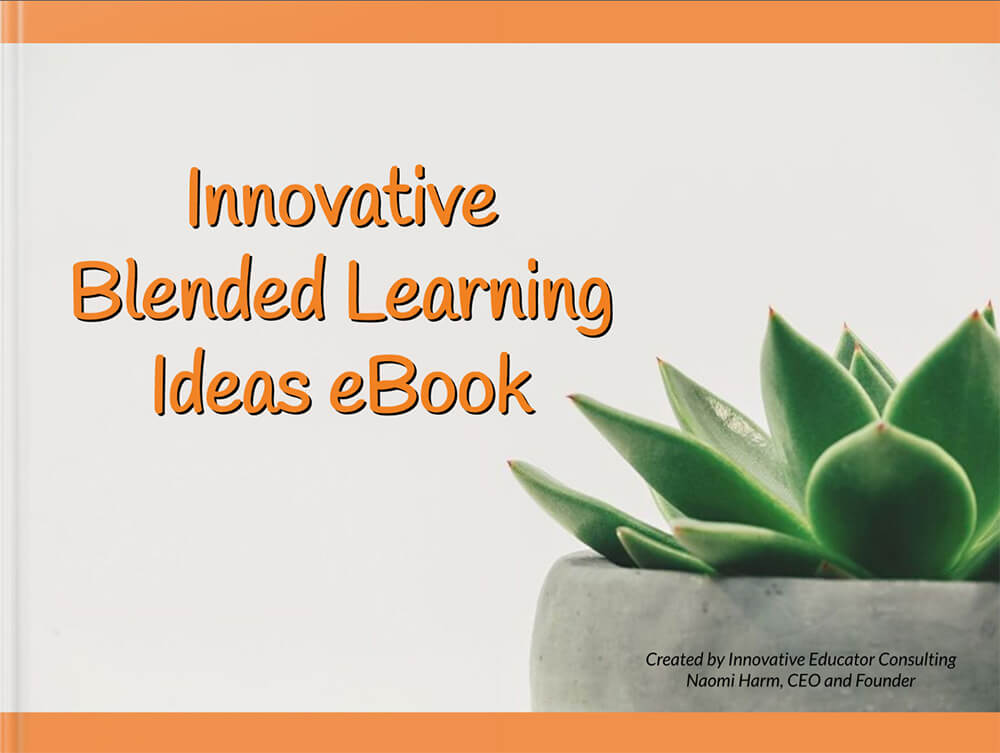This post continues our creativity blog series about the 4Ps: Place, Process, Person, and Product. Where the previous one addressed cultivating creative learning environments (Place), this one dives into the mental activities (Process) associated with creativity.
With the 2023-24 school year in full swing, leaders and educators once again find themselves at a crossroads – caught between addressing urgent student learning needs as they continue to recover from the pandemic while not losing sight of the knowledge, skills, and competencies that students require to be successful in the future.
Since before the turn of the century, creativity has been one of those essential skills. The Partnership for 21st Century Skills (P21) included it as one of their 4Cs, and the World Economic Forum listed it as one of the top three skills – just behind complex problem solving and critical thinking.
“Our district believes in creativity, but we have to focus on accelerating student learning.”
What if, instead of considering creativity as something aspirational – or perhaps even peripheral – it is viewed as central to student learning?
A 2019 Gallup study on the state of creativity in schools found that when students experience more creative classrooms and use technology in meaningful ways to demonstrate their creativity, they are more likely to engage in problem-solving, demonstrate critical thinking, make connections across subject areas, and have deeper understanding as well as greater retention of content.
“Creativity makes sense in an art class, but not in my content area.”
The 4Ps of Creativity (Place, Process, Person, and Product) allows us to take a broader view and acknowledge the mental activities that ultimately deepen creative thinking, such as active retrieval of prior knowledge, making associations across content areas, synthesizing information to form new ideas, engaging in divergent thinking, and articulating ideas.
These mental activities are crucial for learning across all content areas, whether the goal is to help students improve their reading and math or prepare for the future.
“I wish I had time to focus on creativity, but I have to follow the curriculum.”
At The Learning Accelerator (TLA), we understand the need to balance skill development and curricular requirements. For that reason, we produced an openly-available framework based on the 4Ps to help educators intentionally design activities that support and encourage student problem-solving and idea generation to deepen their creative thinking skills within any aspect of the curriculum.
How to nurture creative thinking skills?
If you're a teacher puzzling over how to design your lessons to incorporate these skills, use the framework and think about the following:
- Introduce concepts beyond core content areas to encourage problem-solving and idea generation.
- Prompt divergent thinking and provide diverse opportunities for students to demonstrate their thinking.
- Nurture discourse that prompts students to think about problems, generate ideas from different angles, and make their thinking visible in a generative manner.
- Encourage students to demonstrate fluent, flexible, and original thinking as well as elaborate and build on their own ideas and those of others.
To begin, we recommend that educators choose one to two elements from the framework that feel most relevant and then focus on them across several lessons, units, or activities. Each element includes a protocol to support instructional design with the goal of making ongoing, iterative improvements.

Equally important, the framework also includes both a digital and a printable student reflection template. For some students, intentionally engaging in problem solving, idea generation, or generative discourse can feel challenging – particularly if past learning experiences have focused more on “getting to the answer.”
“Creativity is an essential skill for the future, and we have to start addressing it today.”
There is widespread consensus that these creative thinking Processes are essential for students to meet their immediate learning needs and prepare for the future. When considered from this perspective, creativity is no longer a “nice to have” or “one more thing.”
Instead, it is essential for helping students develop the mindsets and habits that will ultimately allow them to become more creative learners. We will dive into this idea of the creative Person in our next post.
Dr. Beth Holland is a Partner at The Learning Accelerator (TLA), where she leads the organization’s research and measurement initiatives. She has over 25 years of experience working as an educator and researcher examining challenges of equity, technology, and leadership within K-12 public school systems.









